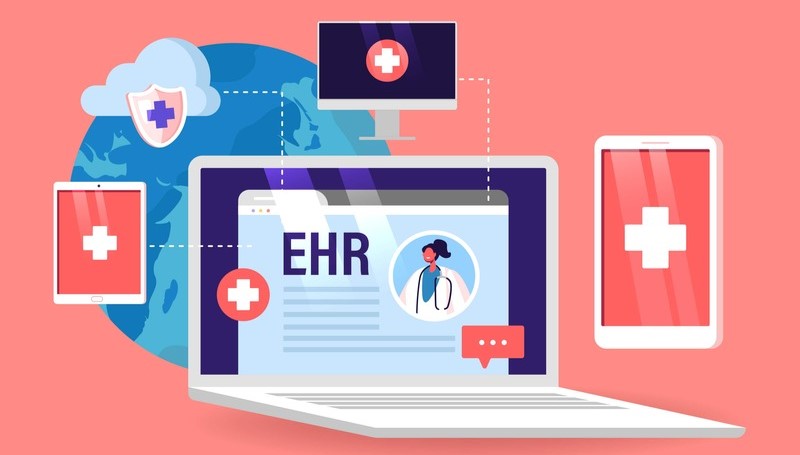
As the Department of Veterans Affairs (VA) prepares to deploy the Federal Electronic Health Record (EHR) to 13 sites in fiscal year (FY) 2026, the chief technology officer (CTO) at the agency’s Federal Electronic Health Record Modernization (FEHRM) office said on Wednesday that “the pressure is really on.”
The Federal Electronic Health Record (EHR) is a single EHR system used by multiple Federal agencies including the VA, Department of Defense (DoD), U.S. Coast Guard, and National Oceanic and Atmospheric Administration (NOAA).
In particular, the VA’s Electronic Health Record Modernization (EHRM) program aims to provide a seamless experience for veterans as they transition from receiving care under the DoD to receiving care under the VA, with a single, fully integrated EHR system.
The VA has faced a troubled rollout riddled with underreported costs, deficiencies in training, and diminished employee morale. However, after pausing deployments in 2023 to improve the system with its contractor Oracle Health, the agency is ready to accelerate deployments next year.
“The VA is picking up its deployments of the Federal EHR – 13 sites going live in 2026, the first four being in the Michigan market. That’s like springtime of next year. So, the pressure is really on,” Lance Scott, the CTO at the FEHRM, said on Wednesday during an event hosted by Federal News Network.
“We’re bringing all forces to bear to really help out with that,” Scott added.
Scott said that the plan is to eventually move the entire Federal EHR to the Oracle Cloud Infrastructure (OCI), so that AI and machine learning can be “embedded into the patient-clinician encounter.”
“If we do our job right as technologists, then there should be very little that’s seen by the functional users, except that it works better, it works faster, and it’s more efficient,” he said. “But there are many items that are looking beyond 2026 that are going to overlay that need that OCI underpinning to make them work as well and as efficient as they can.”
Nevertheless, Scott predicted that three years from now, “the VA deployments are going to be reaching warp speed, just like we saw with the DoD.”
“It’s going to be the same way with the VA,” the CTO said. “They’ve got 13 sites set up for ‘26, but there are many more after that. So, two and a half, three years from now, I’m looking at a world where we’re much more efficient, we provide a much more complete patient record, the FEHRM provides the leadership that’s needed to bring all these partners together to expand the Federal EHR.”
In addition to the VA, DoD, Coast Guard, and NOAA, Scott said that there are also “two or three different Federal agencies that are in the negotiating stages right now for the Federal EHR.”
“It’s really taking off, so we just have to make sure that we don’t drop any of these balls going forward, and we provide the best platform we can for the patient and the clinician as well,” Scott said.
Last month, Scott said that new capabilities such as “seamless exchange” will only help to accelerate deployments and help clinicians with “information overload.” After conducting a successful pilot of seamless exchange last fall, the VA is going live with an enterprise deployment of the capability in November.
“A lot of the new technology … seamless and everything else, it’s just going to enhance the experience for the user,” he said.
